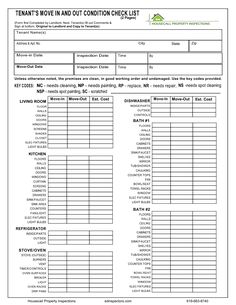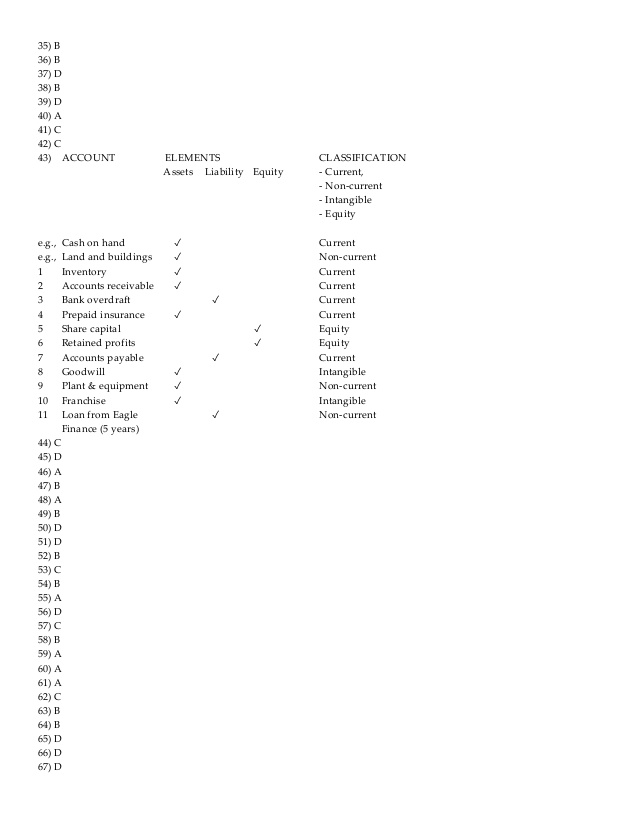
A bank reconciliation statement is prepared by a depositor (account holder) to overcome differences in the balances of the cash book and bank statement. Infrequent reconciliations make it difficult to address problems with fraud or errors when they first arise, as the needed information may not be readily available. Also, when transactions aren’t recorded promptly and bank fees and charges are applied, it can cause mismatches in the company’s accounting records. Interest is automatically deposited into a bank account after a certain period of time. So the company’s accountant prepares an entry increasing the cash currently shown in the financial records. After adjustments are made, the book balance should equal the ending balance of the bank account.
Why You Can Trust Finance Strategists
Regardless of how you do it, reconciling your bank account can aicpa be a priceless tool in your personal finance arsenal. Using cloud accounting software, like Quickbooks, makes preparing a reconciliation statement easy. Because your bank account gets integrated with your online accounting software, all your bank transactions will get updated automatically and each item will be matched with your books of accounts. Remember that transactions that aren’t accounted for in your bank statement won’t be as obvious as bank-only transactions. This is where your accounting software can help you reconcile and keep track of outstanding checks and deposits. Most reconciliation modules allow you to check off outstanding checks and deposits listed on the bank statement.

There’s nothing harmful about outstanding checks/withdrawals or outstanding deposits/receipts, so long as you keep track of them. However, sometimes there are differences between the two balances and so you’ll need to identify the underlying reasons for such differences. These debits made by the bank directly from your bank account will lead to a difference between balances. Therefore, an overdraft balance is treated as a negative figure on the bank reconciliation statement. If not, you’re most likely looking at an error in your books (or a bank error, which is less likely but possible). If you suspect an error in your books, see some common bank reconciliation errors below.
She has more than five years of experience working with non-profit organizations in a finance capacity. Keep up with Michelle’s CPA career — and ultramarathoning endeavors — on LinkedIn. For information pertaining to the registration status of 11 Financial, please contact the state securities regulators for those states in which 11 Financial maintains a registration filing. (b) Checks Nos. 789 and 791 for $5,890 and $920, respectively, do not appear on the bank statement, meaning these had not been presented for payment to the bank by 31 May. (a) Deposits made by Sara Loren on 30 May, $1,810, and on 31 May, $2,220, have not been credited to the bank statement.
Timing Differences in Recording of Transactions
You received $800 from Mr. Y (one of your debtors) on January 31, 2021 and recorded it immediately in your accounting records. You then sent this cash to your bank to be deposited into your account but it reached too late to be entered in your bank statement for the month of January. The balance in your accounting record would be different from your bank statement.
How much are you saving for retirement each month?
- Bank reconciliations may be tedious, but the financial hygiene will pay off.
- Some mistakes could adversely affect financial reporting and tax reporting.
- So the company’s accountant prepares an entry increasing the cash currently shown in the financial records.
- You’ll also need to make an adjustment if you notice that a not-sufficient-funds (NFS) check hasn’t cleared.
Similarly, some checks credited to the ledger account will probably not have been processed by the bank prior to the bank statement date. Or if a debtor has paid you via bookkeeper check and you’ve credited the account, but the receivable isn’t reflected yet in the bank statement. Plan to complete reconciliations monthly so you don’t risk accumulating a large number of discrepancies, which could be difficult to track. If done regularly, a bank reconciliation easily helps you identify discrepancies so that you can adjust them.
Keeping accurate records of your bank transactions can help you determine your financial health and avoid costly fees. Using this simple process each month will help you uncover any differences between your records and what shows up on your bank statement. The purpose of reconciling bank statements with your business’ cash book is to ensure that the balance as per the passbook matches the balance as per the cash book. Your bank may collect interest and dividends on your behalf and credit such an amount to your bank account.
How you choose to perform a bank reconciliation depends on how you track your money. Some people rely on accounting software or mobile apps to track financial transactions and reconcile banking activity. Others use a paper checkbook, and balance it each month, to keep a record of any written checks and other transactions. You can also opt to use a simple notebook or spreadsheet for recording your transactions.
Step three: Recording the reconciliation
There will be very few bank-only transactions to be aware of, and they’re often grouped together at the bottom of your bank statement. (f) The cash book does not contain a record of bank charges, $70, raised on 31 May. This is an important fact because it brings out the status of what are the reasons for a stock dividend instead of a cash dividend the bank reconciliation statement. The items therein should be compared to the new bank statement to check if these have since been cleared. Since these items are generally reported to the company before the bank statement date, they seldom appear on a reconciliation. Also, if you’ve made a check payment at the end of the month, it might not clear until the following reporting period.